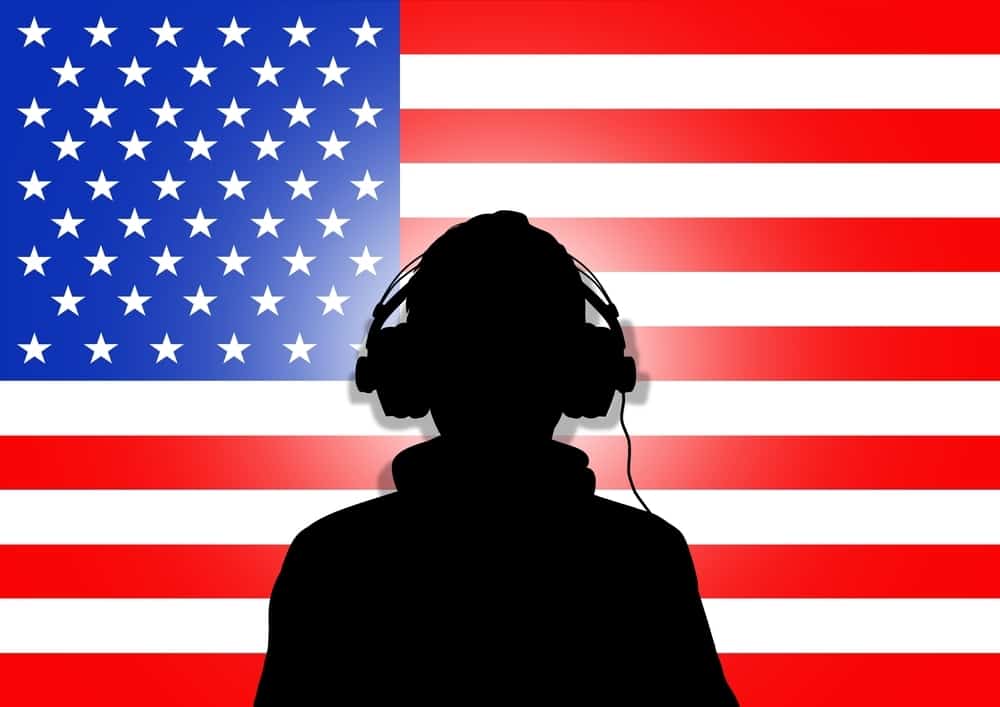What is Relay Interpreting?

Most of the time, professional interpreters are hired to perform straightforward interpretation from the source language to the target language, and sometimes back to the source language. This takes place via consecutive or simultaneous interpreting. Occasionally, though, things get a little more complicated.
You may be attending an event where some members of the audience speak neither the target nor floor language. Or perhaps someone takes the floor in a language that all your interpreters might not understand. In these cases, you may require the use of relay interpreting services.
Too many languages to count? You may need Relay Interpreting
The process of relay interpreting is also called indirect interpreting. The first interpreter listens to the message in its original language and interprets it into a target language that is common to the other interpreters, called the pivot language. The second interpreter then receives the message in the target language, and interprets it into a third language for the benefit of other audience members who speak neither the first nor second languages.
Relay interpreting is an even more demanding form of simultaneous interpretation. It is like a professional version of the game “telephone” – where the original message will be translated once, and then once again, before it reaches its audience. Unlike in the game, however, the message must remain accurate. For this reason, the skill level of your relay interpreter(s) is extremely important.
Here is an example of when you might use a relay interpreter:
You are hosting a function where most of your clients are from Africa: Algeria, Benin, Democratic Republic of Congo, Ghana, Kenya, Morocco, Tanzania, and more countries from the whole African continent. In the audience, most delegates speak French, some speak English, others Arabic and some even Swahili. To please your clients from Northern Africa, you have invited a keynote speaker who will deliver his presentation in French. Realistically speaking, there are far more French-to-English and French-to-Arabic interpreters than there are French-to-Swahili interpreters and unfortunately all those you have called are already booked. That is where relay interpretation plays an important role.
The presentation begins in French, and your English and Arabic interpreters, who understand French, interpret simultaneously, directly into English and Arabic. The Swahili interpreter does not understand French, but all the interpreters on the team understand English, so the choice is made to use English as the pivot language. The Swahili interpreter listens to the interpretation by the English interpreter, and interprets the English interpretation into Swahili for the audience members who are visiting from Kenya, for instance.
When a delegate from Tanzania asks a follow up question in Swahili, the Swahili interpreter interprets the question into English as the pivot language, so the French and Arabic interpreters can relay the question back into their respective languages – and the whole process continues, seamlessly, with all the interpreters in their own soundproof booths. Of course you can add as many languages as necessary, such as Spanish if you have visitors from Equatorial Guinea, or Portuguese for delegates from Angola or Mozambique – and your conference naturally becomes a micro United Nations!
Things to think about when using a relay interpreter
First, relay interpretation should never be used unless you absolutely must. Remember that we mentioned it is also called indirect interpretation? Ideally, you want interpretations to be as direct as possible to reduce the risk of an error, omission, or cultural disconnect.
Here are a few things to keep in mind if you are using relay interpreting:
Are you prepared?
Are you aware of all the languages or linguistic challenges that present themselves when multiple languages are being spoken and interpreted in the same space? Working with a language solutions provider – even for a single consultation – can help you determine what that process will actually look like, so you can remain a step ahead. Also be prepared for the extra time required for relay interpretation to be successful, especially if you are limited to consecutive interpretation services. These types of presentations or conversations can take twice as long or even longer than it would if everybody speaks the same language.
Do you have the right equipment?
Any time one language is being interpreted to another there is a certain level of distraction involved. In its simplest form, this is due to extra voices speaking in a room. When relay interpretation is involved, this level of distraction can be heightened even further by the fact that there are several languages involved, detracting from your overall mission and/or goals for a particular event. By procuring the right equipment, including soundproof booths and the right headsets and microphones, you can buffer noise and minimize other distractions, keeping everyone’s attention focused on the direct message.
Have you hired experienced conference interpreters?
Again, the quality of your message is wholly dependent on the quality of your interpreters. If you will be relying on relay interpretation, make sure you work with a reputable language services firm, and with conference interpreters with the right credentials, to ensure your message is interpreted as accurately and sensitively as possible. While it may not seem fair, your company’s image and brand will rise or fall in proportion to your interpreters’ successes – or failures.
Want to learn more about the specifics of relay interpreting services or other language service solutions? Contact us here at CCA. We will be happy to help you ensure the success of your next event!






